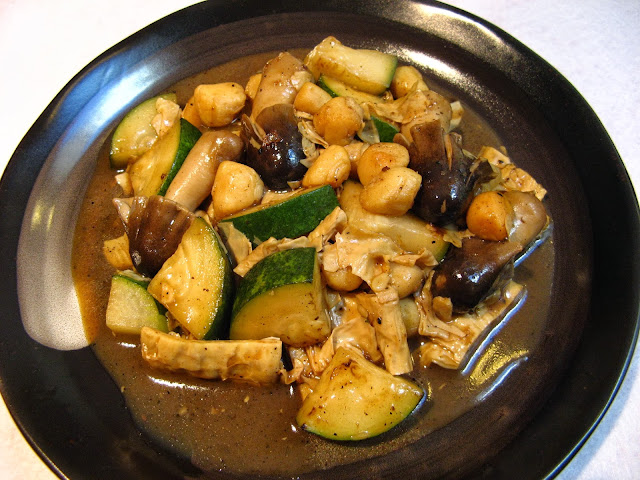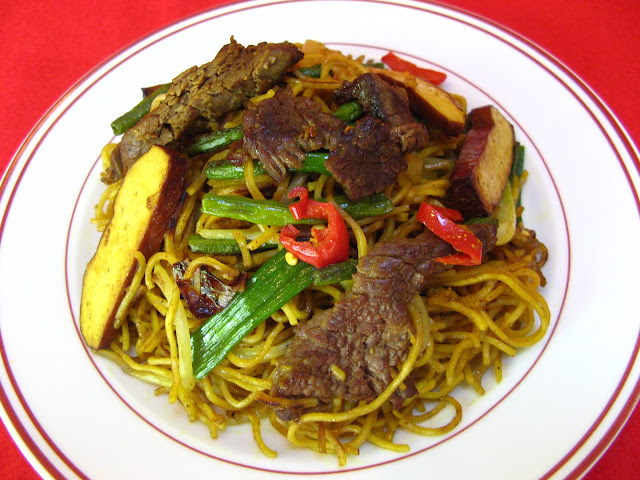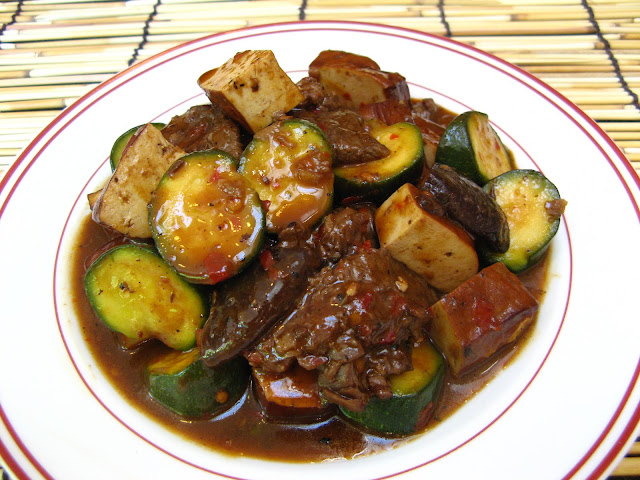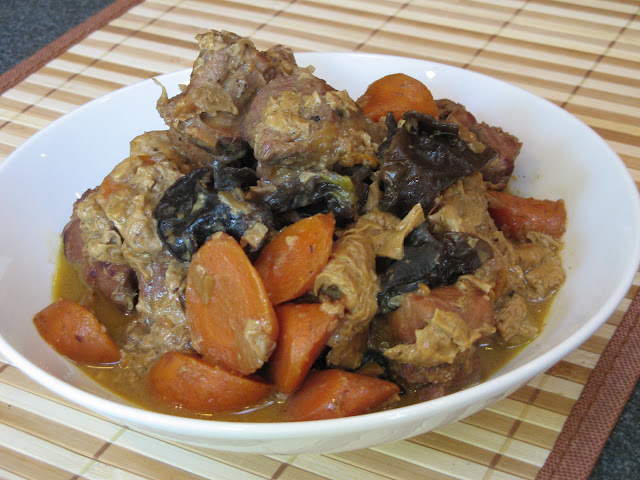This recipe was updated on 25 Jun 2015. Some instructions
and ingredient quantities were changed.
Black pepper sauce goes well with seafood, in this case
scallops. I used frozen 60/80 scallops (60 to 80 scallops per pound/500 g.), but you can
use fresh and/or larger sized scallops to make this dish. Scallops this sized
don’t take long to cook, so use a hot wok and quickly stir fry to keep them
tender.
Enjoy!









